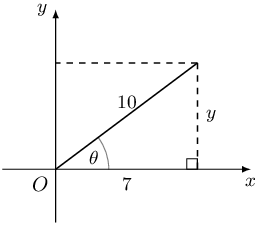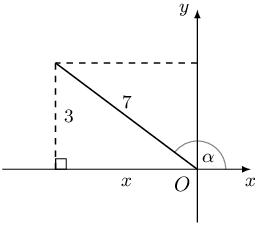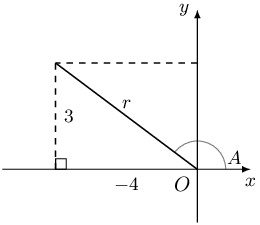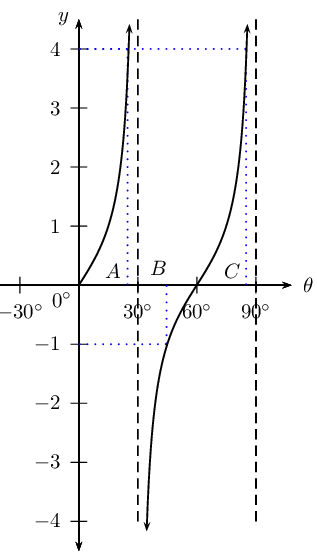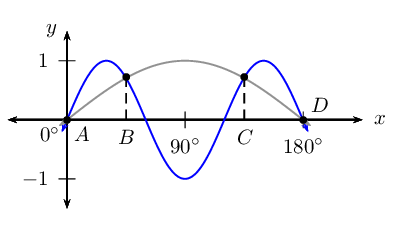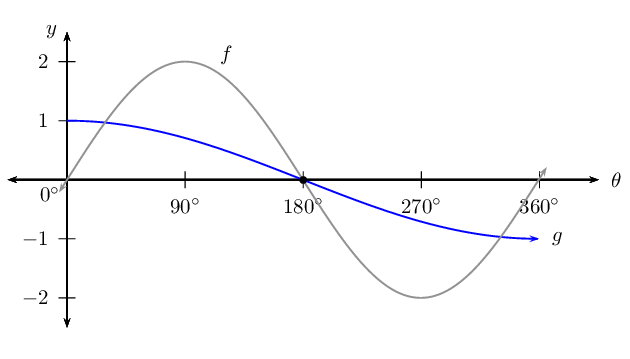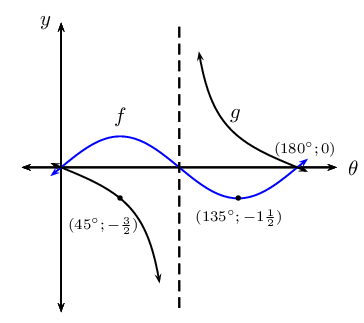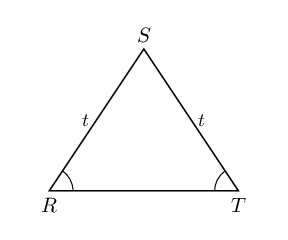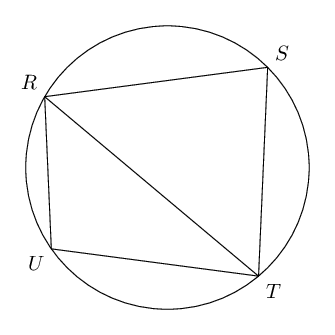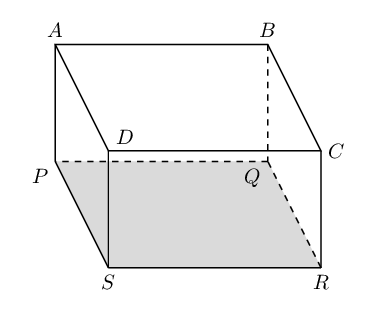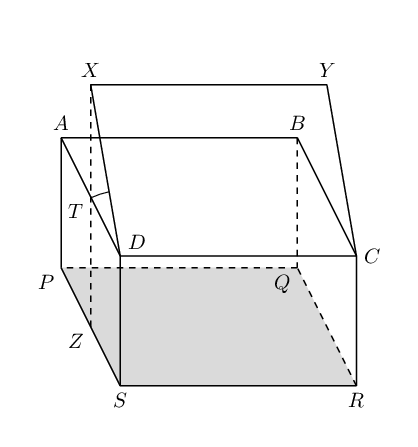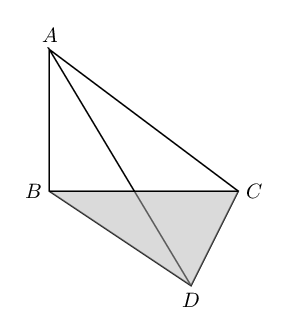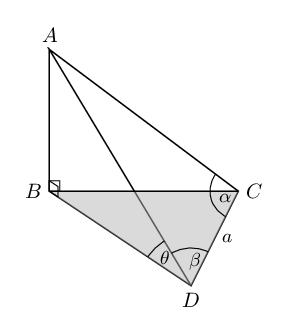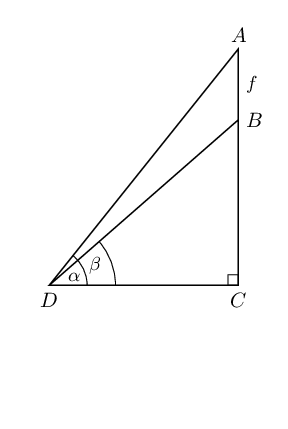Prove: \({\sin}^{3}\theta =\frac{3\sin\theta -\sin3\theta }{4}\)
\begin{align*}
\text{RHS } &= \frac{1}{4} \left( 3\sin\theta -\sin[2\theta + \theta] \right) \\
&= \frac{1}{4}(3 \sin\theta - (\sin2\theta \cos\theta + \cos2\theta \sin\theta))\\
&= \frac{1}{4}(3 \sin\theta - \sin2\theta \cos\theta - \cos2\theta \sin\theta)\\
&= \frac{1}{4}(3 \sin\theta - 2 \sin\theta \cos\theta \cos\theta - \sin\theta (1 - 2
\sin^{2}\theta))\\
&= \frac{1}{4}(3 \sin\theta - 2 \sin\theta \cos^{2}\theta - \sin\theta + 2\sin^{3}\theta)\\
&= \frac{1}{4}(2 \sin\theta - 2 \sin\theta \cos^{2}\theta + 2\sin^{3}\theta)\\
&= \frac{1}{4}(2 \sin\theta - 2 \sin\theta (1 - \sin^{2}\theta) + 2\sin^{3}\theta)\\
&= \frac{1}{4}(2 \sin\theta - 2 \sin\theta + 2\sin^{3}\theta + 2\sin^{3}\theta)\\
&= \frac{1}{4}(4\sin^{3}\theta)\\
&= \sin^{3}\theta\\
&= \text{LHS}
\end{align*}
Hence, solve the equation \(3 \sin \theta - \sin 3 \theta = 2\) for \(\theta \in [
\text{0} °; \text{360} °]\).
\begin{align*}
3 \sin \theta - \sin 3 \theta &= 2 \\
\frac{ 3 \sin \theta - \sin 3 \theta}{4} &= \frac{2}{4} \\
\frac{ 3 \sin \theta - \sin 3 \theta}{4} &= \frac{1}{2} \\
\therefore \sin^{3} \theta &= \frac{1}{2} \\
\therefore \sin \theta &= \text{0,793} \ldots \\
\text{ref } \angle &= \text{52,53} ° \\
\text{First quadrant: } \theta &= \text{52,53} ° + k \cdot \text{360} °, k \in \mathbb{Z} \\
& \\
\text{Second quadrant: } \theta &= ( \text{180} ° - \text{52,53} °) + k \cdot \text{180}
° \\
&= \text{127,47} ° + k \cdot \text{360} °, k \in \mathbb{Z} \\
& \\
\text{Final answer: } \theta &= \text{52,53} ° \\
\theta &= \text{127,47} °
\end{align*}

